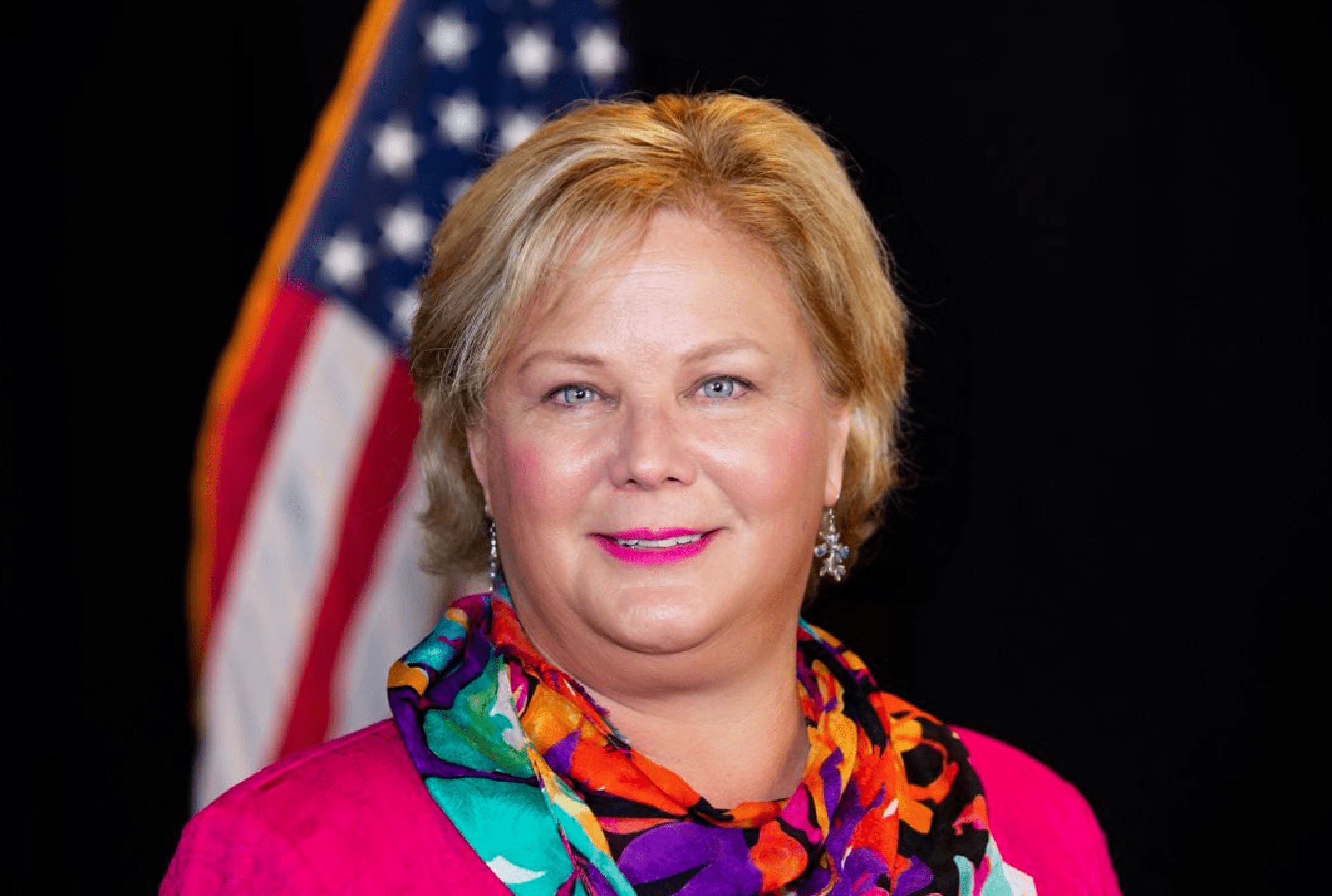Aidaly is Disrupting Caregiving
It is my pleasure to feature this great new company disrupting caregiving across our country. Aidaly provides family caregivers with the training, support, and compensation they need to deliver high quality care in the home. With a combination of technology & human support, Aidaly’s platform empowers families to keep their loved ones living in their homes and communities longer while filling a critical homecare workforce need.
How Much Do Family Caregivers Contribute in Unpaid Work?
The financial impact of caregiving is staggering. How can legislators recognize the value family caregivers bring?
Family caregivers play a critical role in our society.
According to a recent AARP report, these caregivers are integral to the broken long-term services and supports (LTSS) system. They improve health outcomes for patients with chronic conditions, and they forge meaningful relationships with family during difficult times.
Then, there’s the financial impact. The proof is in the numbers—and the data is staggering. This post will underscore how much family caregivers are truly worth.
What Is the Economic Value of Family Caregivers?
Brace yourselves. In 2021, family caregivers offered an estimated value of six hundred billion dollars..
This is a striking amount of money. For comparison, the economic impact of six hundred billion dollars is much higher than all out-of-pocket U.S. healthcare spending in 2021. (That number totaled four-hundred thirty-three billion dollars.)
The six hundred billion dollars amount is based on roughly thirty-eight million caregivers providing eighteen hours of weekly care on average. This translates to thirty-six billion hours of care delivered at an average value of sixteen dollars and sixty-five cents per hour.
And this estimate is conservative! It does not account for the financial cost of care (think out-of-pocket expenses and lost wages), nor does it consider the complexity of care involved. Family caregivers who perform medical tasks would contribute even further to that six hundred-billion-dollar bottom line.
Clearly, family caregivers offer remarkable value. The same report cited a one hundred thirty billion dollars increase from 2019’s four hundred-seventy billion dollars total. The current estimate also reflects a twenty-five-year trend of rising economic value.
No wonder the value of unpaid family care exceeds the value of paid home care. Family caregivers provide immense value, both socially and financially. But the system is flawed.
What Are the Issues in Family Caregiving?
By 2024, seniors sixty-five and over will outnumber children under age eighteen. Yet the number of caregivers is shrinking.
This is the result of several demographic trends. The U.S. population is aging, while couples are having fewer children (and conceiving later in life). Meanwhile, racial, and ethnic diversity is rising too.
These trends aren’t problems in themselves. They do, however, explain some of the challenges at play in family caregiving:
- Sandwich generation caregivers are stressed.
In 2019, about thirty percent of family caregivers were supporting their aging parents and caring for their children. This situation can create an anxiety-ridden balancing act.
- Working caregivers face financial risk.
Sixty-one percent of family caregivers work full- or part-time. They may experience lost wages when they have to clock out early, or lower Social Security and retirement benefits.
- The pandemic affected the direct care workforce.
Family caregivers may choose to work alongside direct care staff—yet the field has an average turnover rate of up to sixty percent per year.
- BIPOC and LGBTQ family caregivers have unique support needs.
Family caregivers from diverse backgrounds report unique care experiences, specific support needs, and a distinctive set of challenges.
Stakeholders need to mitigate these challenges and offer family caregivers their support.
Family Caregivers Deserve Compensation
Family caregivers are the backbone of the LTSS system. In 2021, they contributed six hundred billion dollars in unpaid work. While many states are working to offset the costs of caring for a family member, these tax credits and reimbursement plans aren’t enough.
Championed by AARP, the RAISE Family Caregivers Act lists three hundred and fifty action items the federal government should take to give family caregivers the support they need.
Policies from here forward should not only help families access the training they need, but provide the economic support they deserve.
In the meantime, Aidaly is here for you. We stand behind AARP and believe family caregivers are entitled to compensation.
Aidaly provides family caregivers with the training, support, and compensation they need to deliver high quality care in the home. With a combination of technology & human support, Aidaly’s platform empowers families to keep their loved ones living in their homes and communities longer while filling a critical homecare workforce need.
Learn more by checking your eligibility to get paid for the work you do to care for a loved one today.





